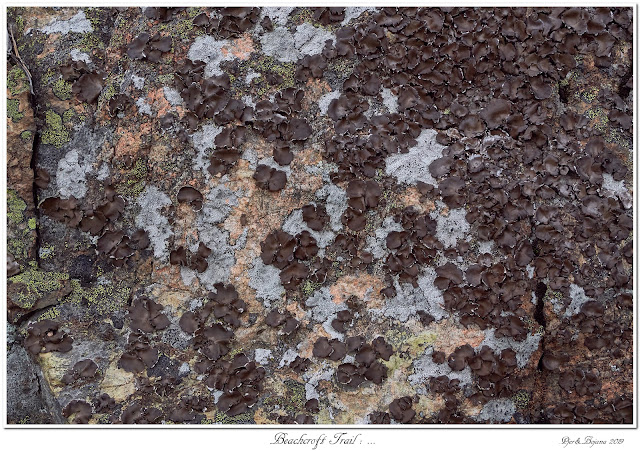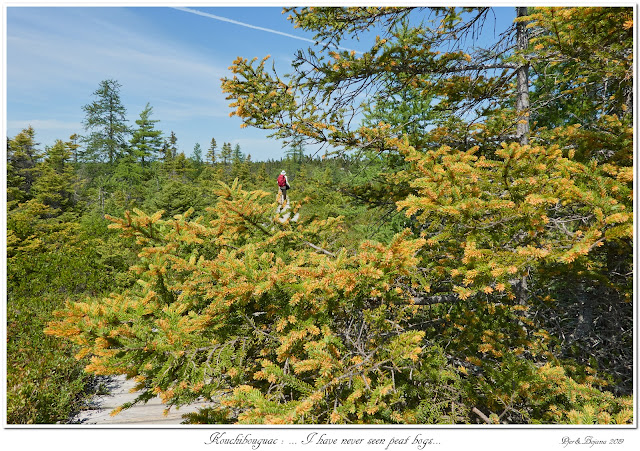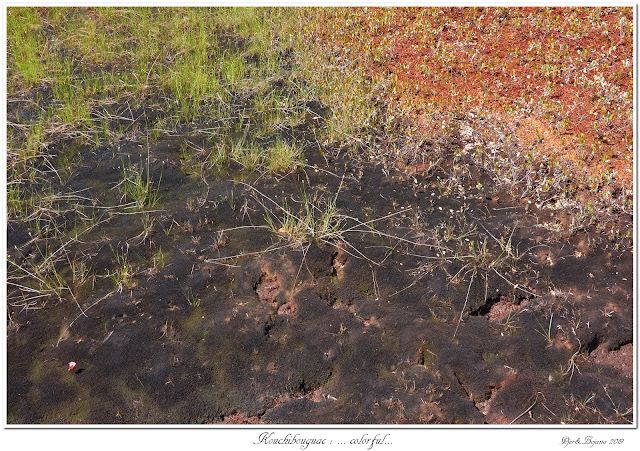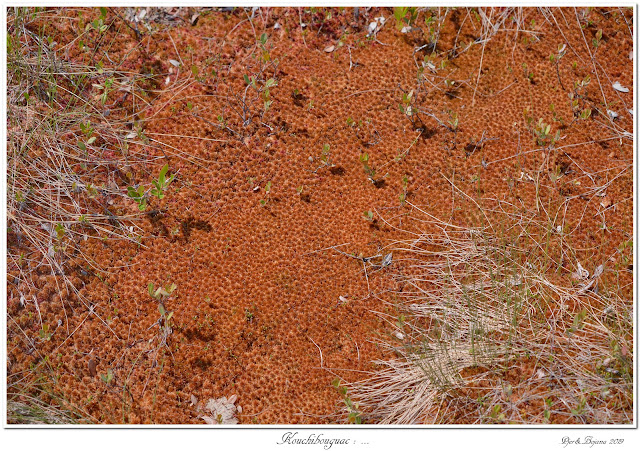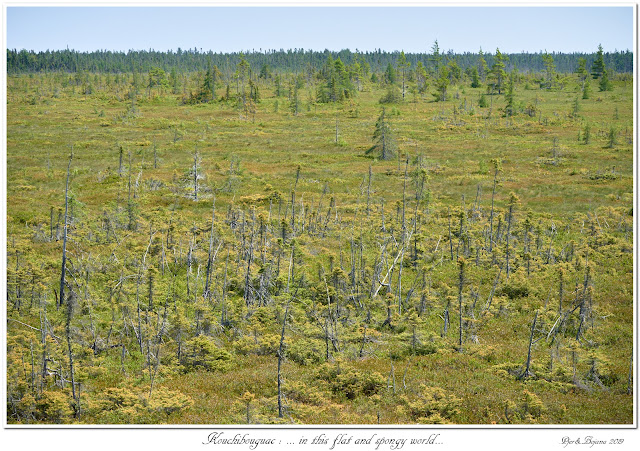Maudslay State Park, Massachusetts
... Cormorant... resting amidst autumnal reflections...
30 December 2019
24 December 2019
Gently Rolling
Lincoln Conservation Land, Massachusetts
... Thoreau's country...
In the middle of the 19th century, when Thoreau strolled these lands, they were a mixture of farmlands, pastures, and woodlots. Subdued nature serving humans in their persistent endeavor to make their lives better. And then, by the end of the century, people departed their farms and the nature took over, bringing the land back to a wilder state...
... with echoes of the bygone times...
Young forests crisscrossed with stone walls and past rural roads.
Heirs of woodlot pines with some hefty oldies surviving the hatchet.
... and... Thoreau's journals...
... Thoreau's country...
In the middle of the 19th century, when Thoreau strolled these lands, they were a mixture of farmlands, pastures, and woodlots. Subdued nature serving humans in their persistent endeavor to make their lives better. And then, by the end of the century, people departed their farms and the nature took over, bringing the land back to a wilder state...
... with echoes of the bygone times...
Young forests crisscrossed with stone walls and past rural roads.
Heirs of woodlot pines with some hefty oldies surviving the hatchet.
... and... Thoreau's journals...
It requires considerable skill in crossing a country to avoid the houses and too cultivated parts, ____ somewhat of the engineer's or gunner's skill, ____ so to pass a house, if you must go near it through high grass, ____ pass the enemy's lines where houses are thick, ____ as to make a hill or wood screen you, ____ to shut every window with an apple tree. For that route which most avoids the houses is not only the one in which you will be least molested, but it is by far the most agreeable...
JUNE 19, 1852
17 December 2019
Steep and Rocky
Beachcroft Trail, Champlain Mountain, Acadia National Park
... each step is a reminder of the turbulent geological times...
Granite rocks have seen it all in their long life...
Born deep down in the Earth's crust, under extreme pressure... and, at some point,
pushed onto the surface and scrapped to the basics by glaciers ...
Their crystals are coloring the ridges they helped create...
... attracting lichens, mosses, leafy minors... and finally, trees... looking for these slight cracks
which, with time, become soil-filled pools of life...
... into the clouds...
... each step is a reminder of the turbulent geological times...
Granite rocks have seen it all in their long life...
Born deep down in the Earth's crust, under extreme pressure... and, at some point,
pushed onto the surface and scrapped to the basics by glaciers ...
Their crystals are coloring the ridges they helped create...
... attracting lichens, mosses, leafy minors... and finally, trees... looking for these slight cracks
which, with time, become soil-filled pools of life...
... into the clouds...
12 December 2019
Flat and Spongy
Kouchibouguac National Park, NB, Canada
Peat bogs... spongy, multistory holders of water and carbon.. built by mosses to attune their living...
So, how does this work?... I looked into Stephan Harding's "Animate Earth" and learned...
Mosses like wet and damp, and they need rain... buckets of rain...
... hence their ability to seed clouds and trigger rainfall by releasing sulphur gases up into the air.
And in the process, they drown large trees. Peat bogs and forests are not agreeable.
Peat forms out of dead mosses which release humic and fulvic acids to prevent their breakdown.
So they stay and build upon each other to reach multi-meter heights of carbon storage.
And on the surface, there is a rich life of mosses and small plants... colorful and lively...
Since we live in the climate conscious time, I have to stress the peat bogs' role in cooling our Planet:
- Peat layers are carbon storages.
- Seeded clouds keep the Earth in shade.
- Their flats retain the snow which reflects sun rays from the Earth.
- By releasing rich-nutrient water into the ocean,
they help feed starved marine algae thus keeping them around to use this extra CO2.
I have never seen peat bogs... but have wished to see them... just travel north... north enough...
Peat bogs... spongy, multistory holders of water and carbon.. built by mosses to attune their living...
So, how does this work?... I looked into Stephan Harding's "Animate Earth" and learned...
Mosses like wet and damp, and they need rain... buckets of rain...
... hence their ability to seed clouds and trigger rainfall by releasing sulphur gases up into the air.
And in the process, they drown large trees. Peat bogs and forests are not agreeable.
Peat forms out of dead mosses which release humic and fulvic acids to prevent their breakdown.
So they stay and build upon each other to reach multi-meter heights of carbon storage.
And on the surface, there is a rich life of mosses and small plants... colorful and lively...
Since we live in the climate conscious time, I have to stress the peat bogs' role in cooling our Planet:
- Peat layers are carbon storages.
- Seeded clouds keep the Earth in shade.
- Their flats retain the snow which reflects sun rays from the Earth.
- By releasing rich-nutrient water into the ocean,
they help feed starved marine algae thus keeping them around to use this extra CO2.
I have never seen peat bogs... but have wished to see them... just travel north... north enough...























